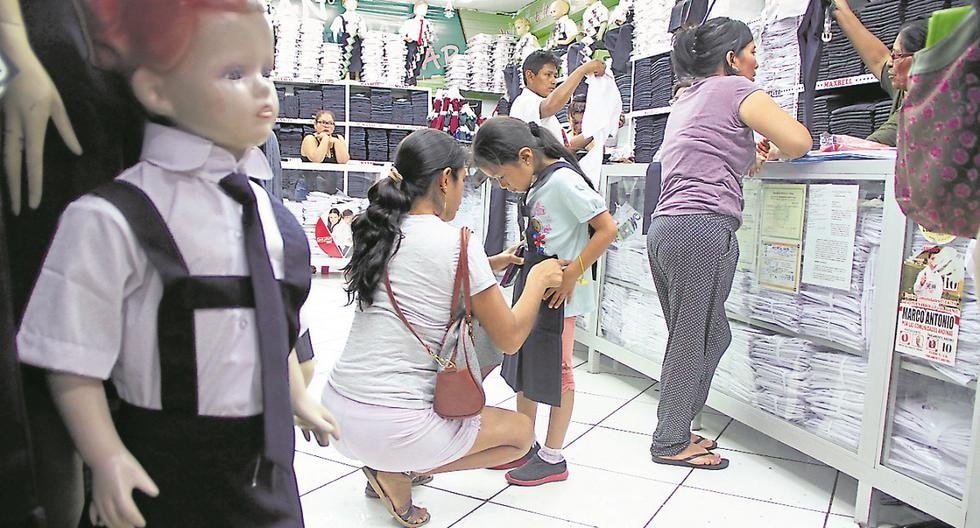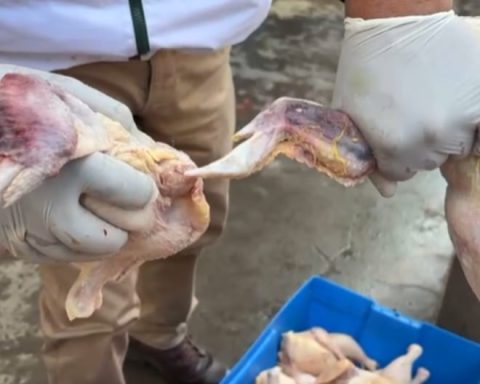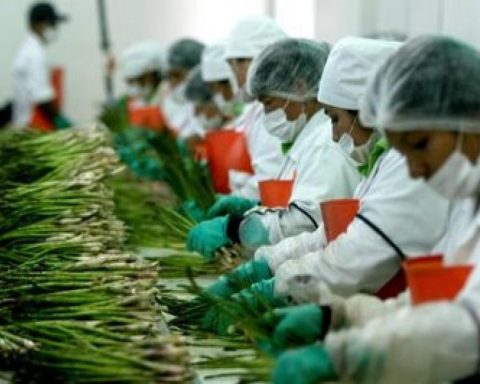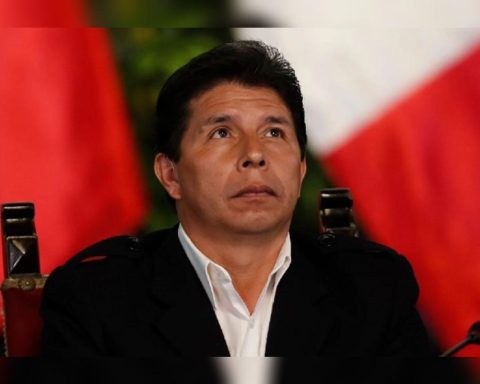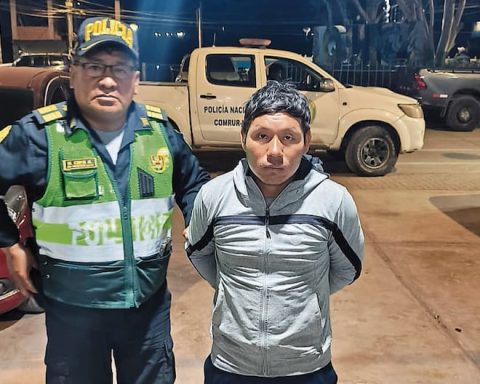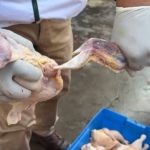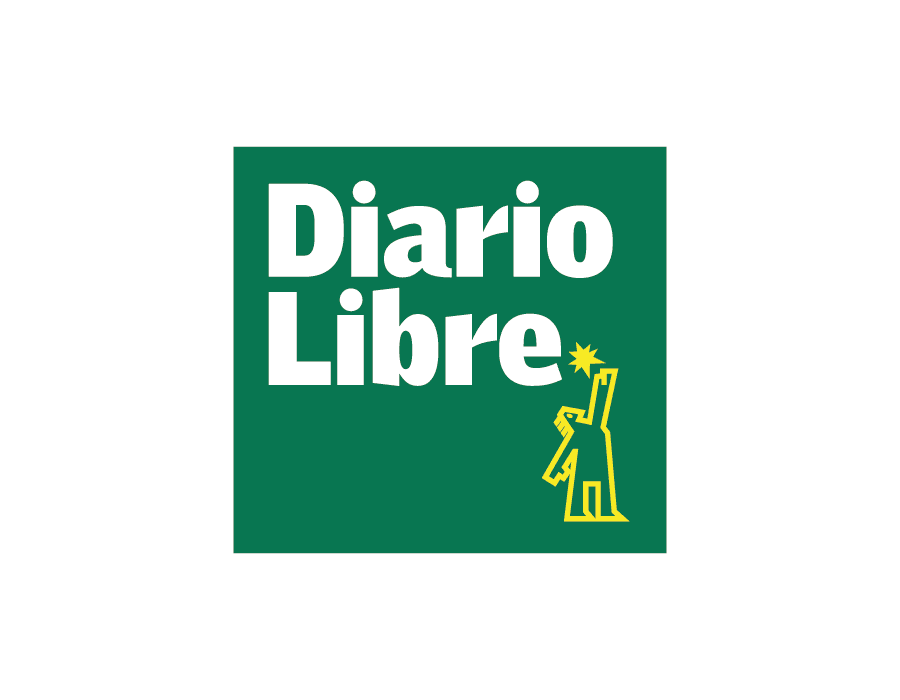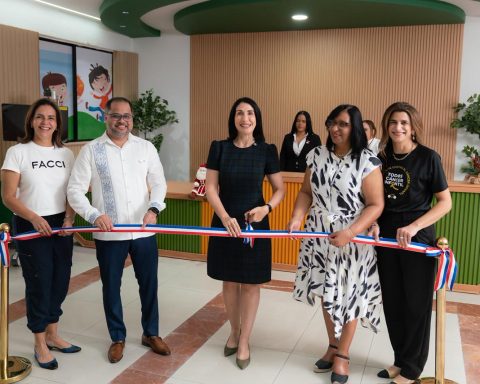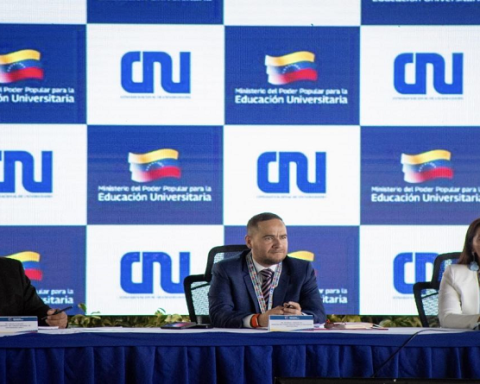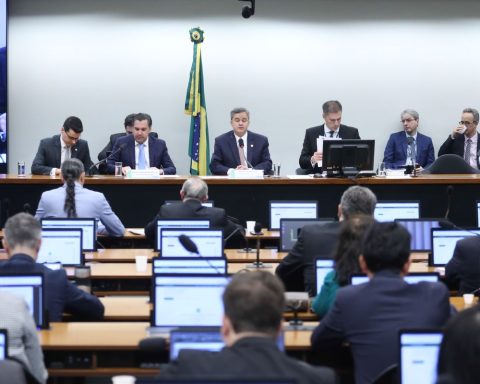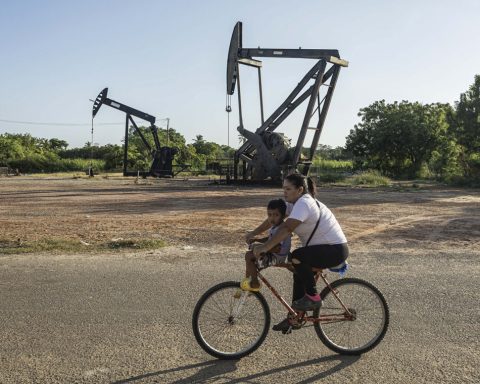If we can reduce the number of infections of COVID-19, if we manage to manage a more or less orderly strategy so that the health system does not overwhelm us, then I believe that the return to classes (face-to-face) can take place in the month of March ”, the Minister of Health, Hernando Cevallos, recently assured him. which generated expectation among the business related to education, such as school supplies and uniforms.
In this regard, Susana Saldaña, president of the Gamarra Peru Association, explained to this newspaper that the campaign for the commercial emporium begins strongly in February and it is with which “we open the year.” “This is a sector that has not been able to reactivate, so we are taking it easy because we do not know if in fact face-to-face school classes will return, what percentage of students will be allowed to return to classrooms, among other factors,” he said.
He also indicated that there are about 2,000 entrepreneurs who are dedicated to making school uniforms and that there are around 5,000 businesses that distribute these garments. “I think it will be an interesting campaign because it usually happens that boys wear the same uniform two years in a row, but, since it has been a long time since they last attended school, they probably have grown up and it does not fit,” he said.
LOOK: What is the 210 soles bond, who is it for and when will it be paid? Here all the details
SCHOOL SUPPLIES
Another item that is being prepared is that of school supplies. Given this, the president of the Association of Medium Importers of Peru (Aimpe), Roberto Díaz, said that although they expect a better result than last year, they still will not reach pre-pandemic levels.
“We hope to reach at least a quarter. It is beneficial for us that students return to face-to-face classes, but the issue also involves importation ”, he specified. In that sense, he explained that they have registered problems with the importation of school supplies due to the higher price of containers.
“For us, what becomes a problem is the rise in the dollar, import taxes, container prices,” he added.
Another drawback, he explained, and which was also presented with the Christmas campaign, is that some products require the health authorization of Digesa, which impacts costs.
“The campaign is being delayed a bit and at the moment we are appealing to the Executive to support us and the importation is faster and less expensive than now,” he stressed.
Díaz commented that sales would only reach pre-pandemic levels by 2023, although it will also depend on how the economy and the virus are doing this year.
DATA
- For the school campaign, Caja Trujillo announced that it expects to place S / 640 million, even above the S / 557.6 million in 2019.
- Susana Saldaña, representative of Gamarra, said that the school uniforms are made with an anti-fluid system.
- On January 18, vaccines would begin for children between 5 and 11 years old with a view to returning to face-to-face classes.
RECOMMENDED VIDEO
